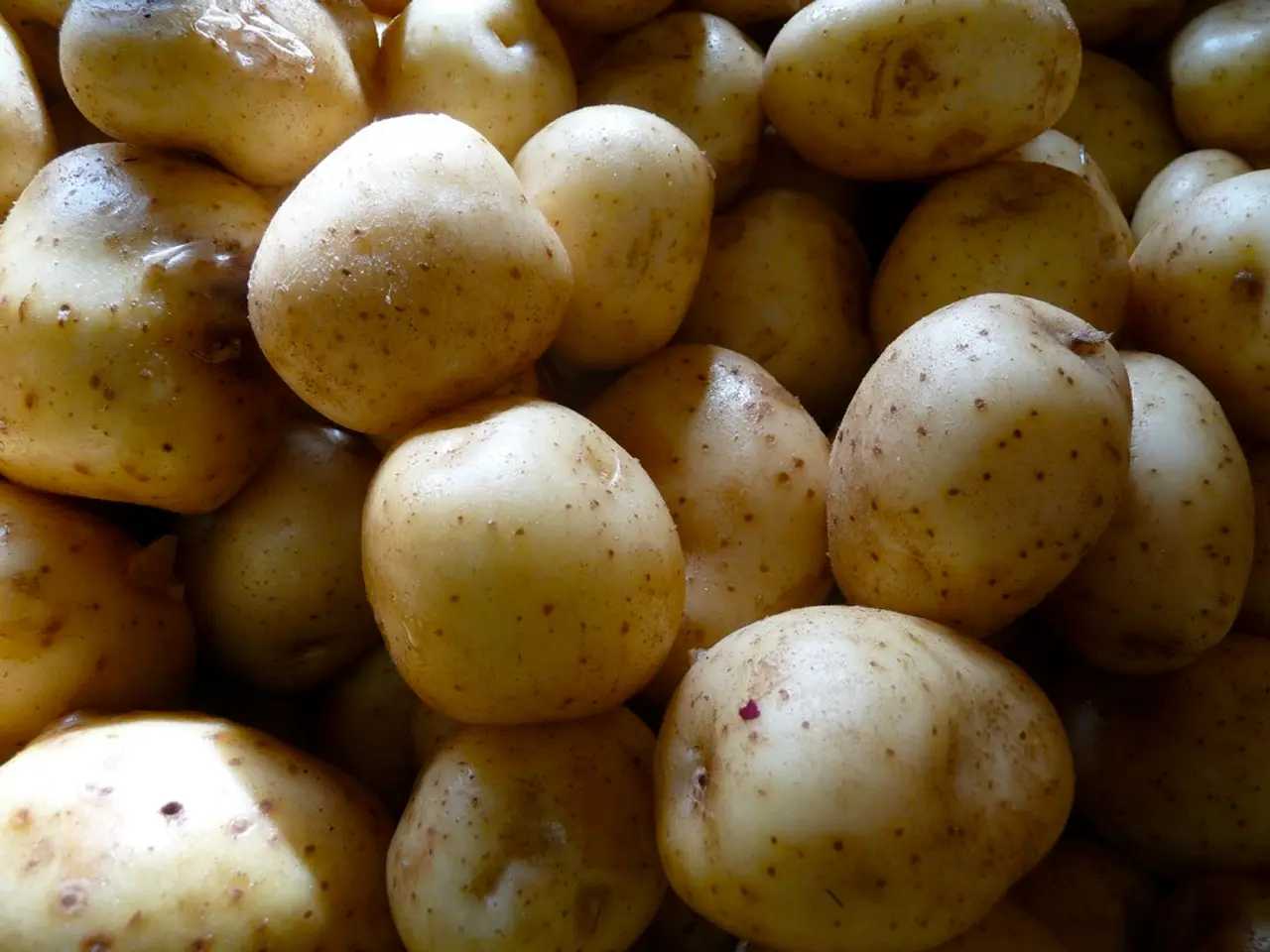Initial Phase: Recognizing Symptoms, Duration, and Self-Care Advice
Menstruation, or a woman's period, is a natural part of a female's reproductive cycle. Here's a comprehensive guide for understanding what to expect during the first period and beyond.
Early Signs of the First Period
Before menstruation begins, girls often experience several early signs, including breast development (thelarche), appearance of pubic and underarm hair, growth spurts, changes in vaginal discharge, slight abdominal cramping or pelvic discomfort, and mood changes or emotional fluctuations due to hormonal shifts. These signs indicate the body is undergoing puberty and preparing for reproductive capability.
Expectations for the First Period
The first period usually lasts between 1 to 7 days. It may initially be irregular and light; cycles can take a couple of years to regulate. Some girls may experience mild cramps or abdominal pain, slight bloating, and mood swings. The menstrual cycle averages 28 days but can vary widely in the beginning.
Managing Menstruation
Sanitary pads are a popular form of period protection and line the underwear with absorbent material. Using different sized pads or tampons based on the flow can help manage leaks during periods. Over-the-counter pain medications, heat pads, hot water bottles, warm baths, and gentle exercise can help alleviate period cramps.
When to Consult a Doctor
A heavy flow that requires pad or tampon changes every 1-2 hours, severe pain or mood changes, no periods for 3 months or longer after the first period, periods that occur sooner than 21 days apart or longer than 35 days apart, periods that last for 7 days or longer, and no period by the age of 15 years old are reasons to consult a doctor.
Additional Context
Early menarche (before age 10 or 11) can be associated with long-term health risks such as obesity, heart disease, and reproductive issues. The first period often marks the beginning of fertility but does not guarantee regular ovulation at first.
Modern Menstrual Products
Menstrual cups come in a range of shapes and sizes to fit individuals. Reusable fabric pads and period panties are washable and can be more cost-effective than disposable pads. Changing tampons every 4-6 hours is crucial to prevent discomfort and potential health issues.
Symptoms of TSS
Symptoms of Toxic Shock Syndrome (TSS), such as sudden fever, body aches, nausea and vomiting, diarrhea, and a rash, require emergency medical help.
In summary, girls typically start menstruating around 12 to 13 years old, preceded by physical puberty changes and followed by 1 to 7 days of bleeding, which may be irregular initially. Periods may be irregular during the first few years after a female's first period. Around 98% of females begin their first period by the age of 15. Periods can vary in duration, frequency, and heaviness.
- Some women may experience additional health issues alongside their menstrual cycle, such as hormone-related conditions like migraines, asthma, and COPD.
- In the realm of women's health and wellness, science has made strides in understanding and managing diseases like ulcerative colitis, Crohn's disease, and psoriatic arthritis, which can affect reproductive age females.
- Predictive models are being developed to aid in the early diagnosis and treatment of diseases like HIV and AQ, helping improve overall health and well-being.
- For women suffering from conditions like menstruation-related migraines or psoriasis, science continues to seek new treatment methods for symptom management and relief.
- Migraines during menstruation are more common than expected and can be further complicated by hormonal fluctuations, affecting a significant proportion of women globally.
- In some cases, menstruation can exacerbate already existing conditions like asthma, making it essential for affected women to develop a management plan with their healthcare providers
- Women with specific health conditions, such as menstruation-related migraines or inflammatory bowel diseases like Crohn's and colitis, may benefit from tailored health and wellness strategies, including a balanced diet, stress management, and regular exercise.
- As part of a holistic health-and-wellness approach, women should be proactive in seeking information, consultations, and tailored care for any health concerns related to menstruation, migraines, or other conditions that impact their well-being.



